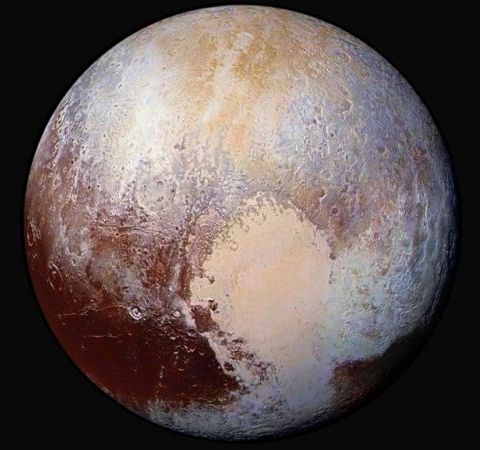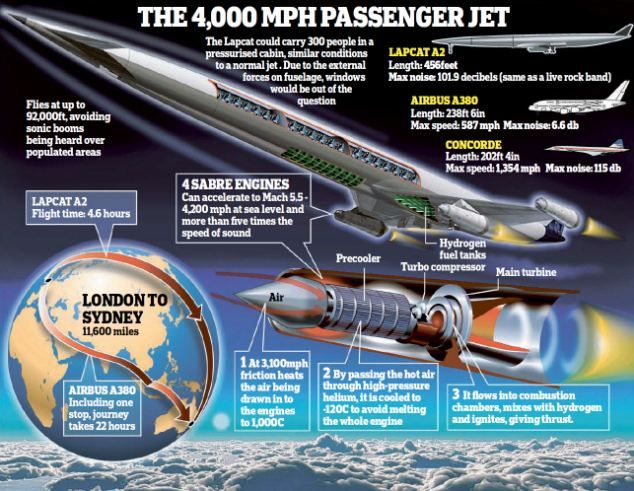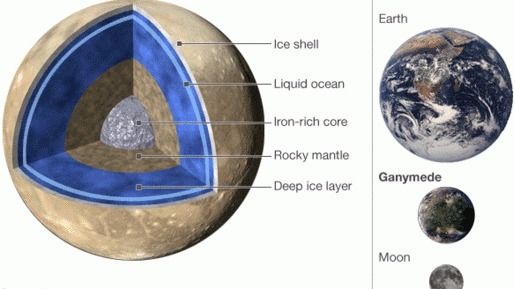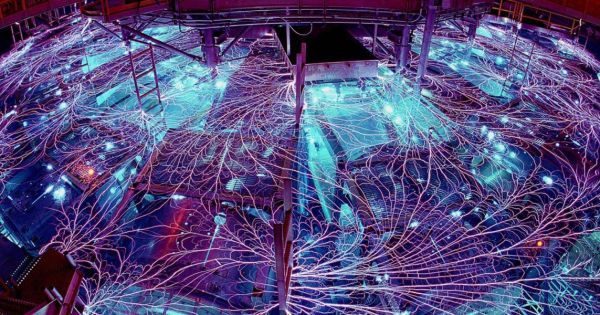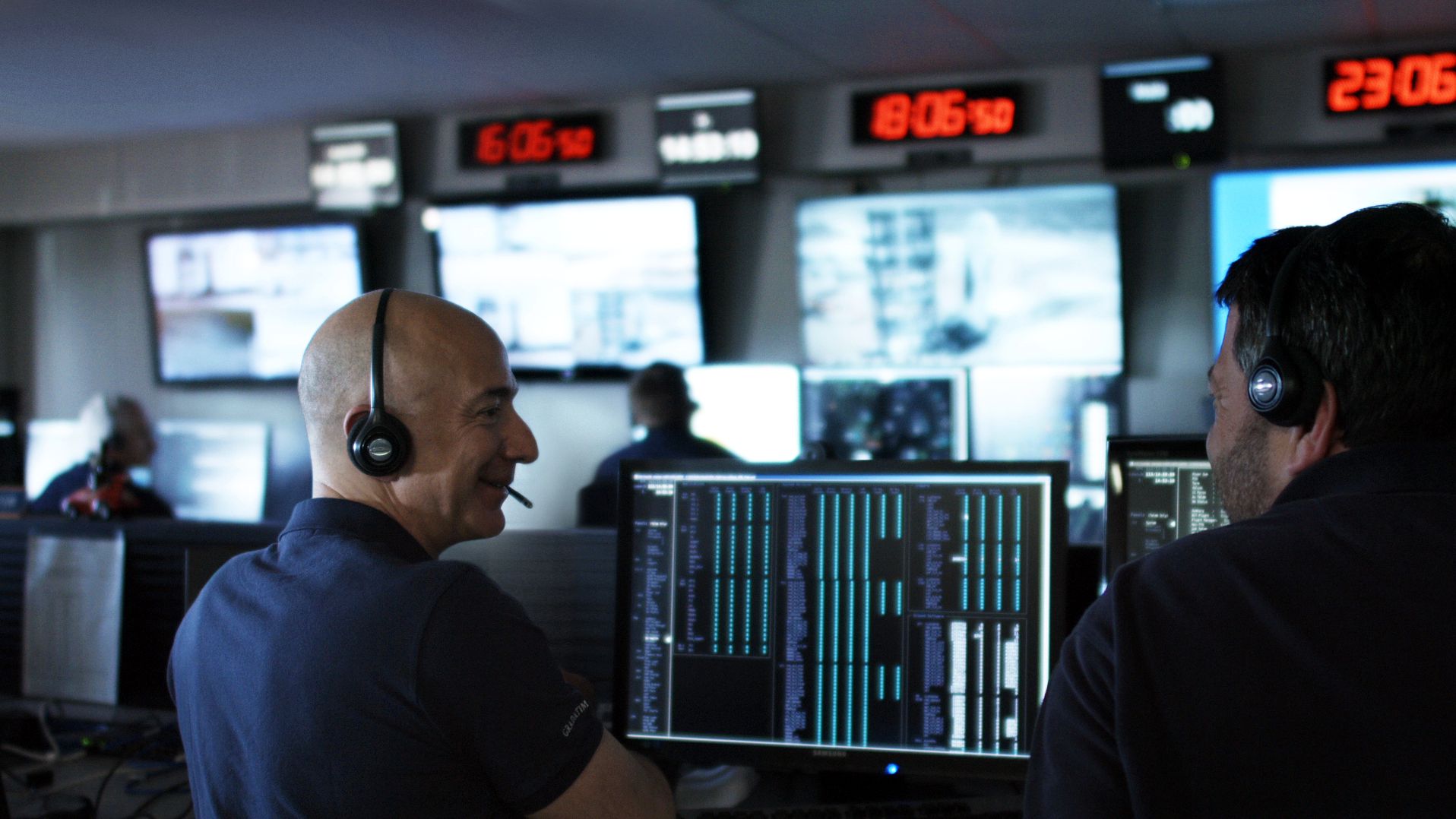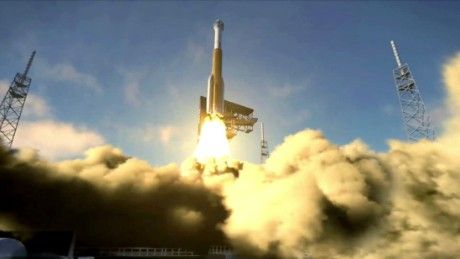According to the Kardashev scale, a Type III civilization is a society that has managed to harness (and control) the energy output of a galaxy. Here’s what that means.
To measure the level of a civilization’s advancement, the Kardashev scale focuses on the amount of energy that a civilization is able to harness. Obviously, the amount of power available to a civilization is linked to how widespread the civilization is (you can’t harness the power of a star if you are confined to your home planet, and you certainly can’t harness the power of a galaxy if you can’t even get out of your solar system).

